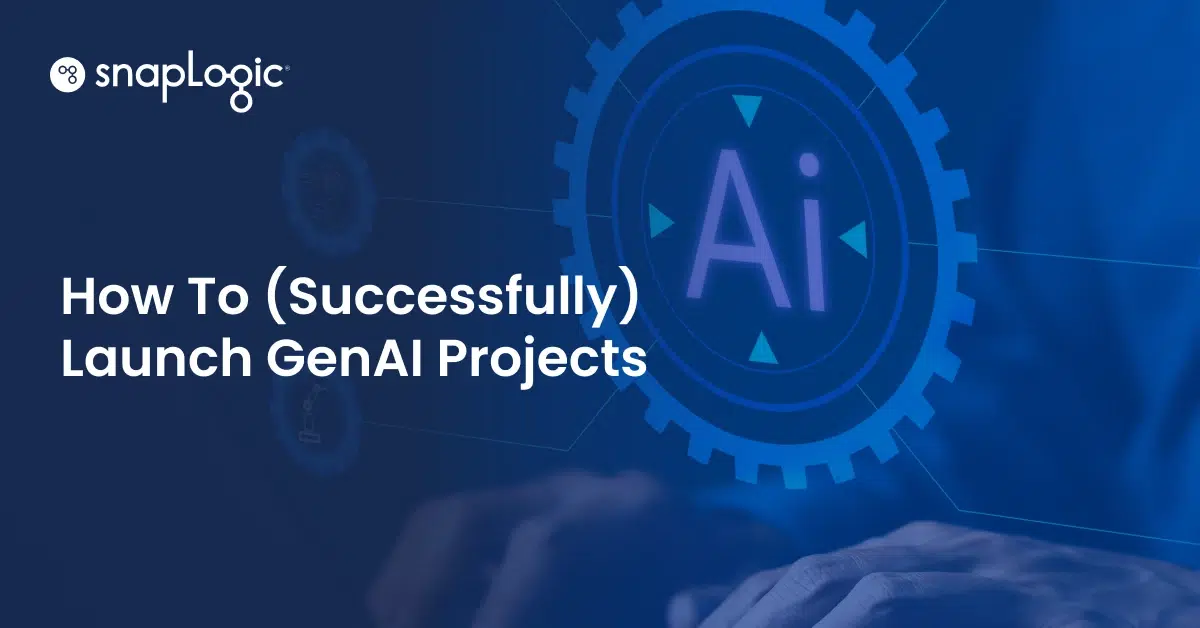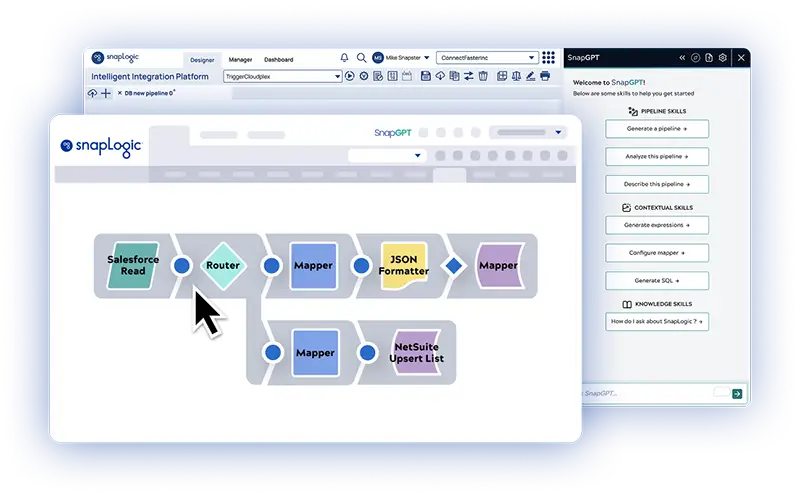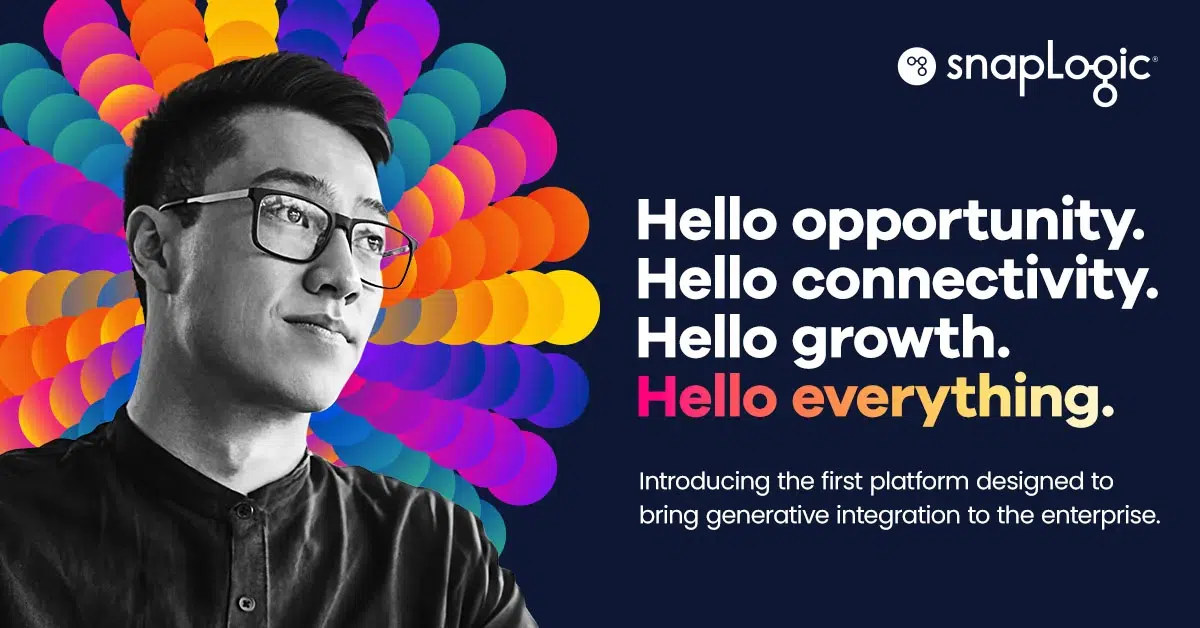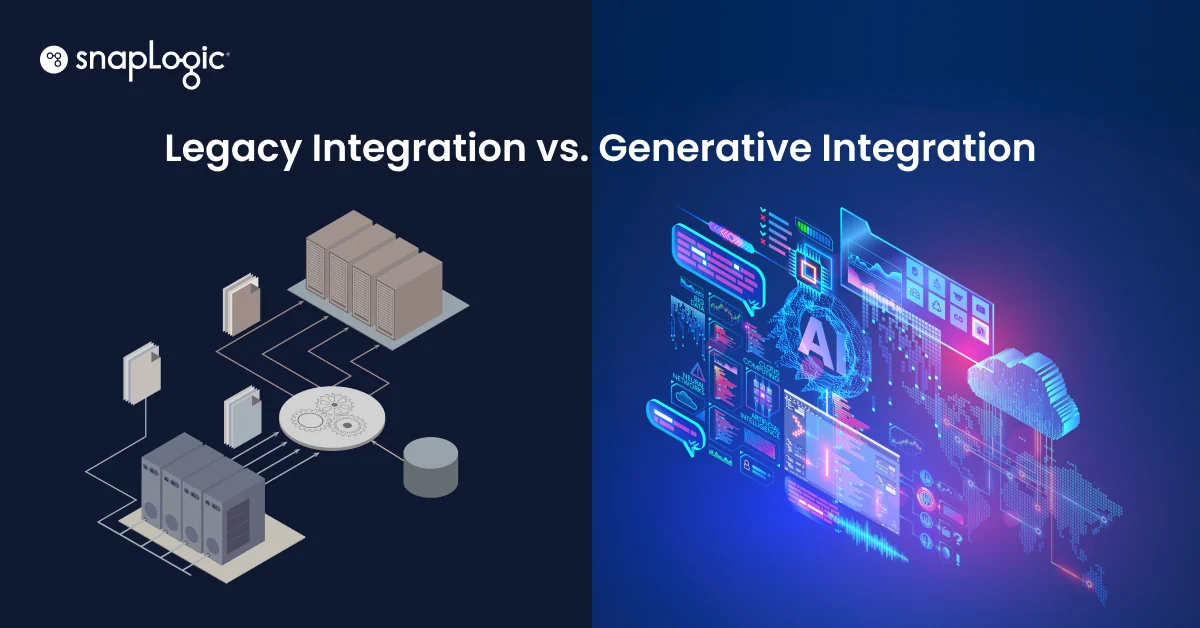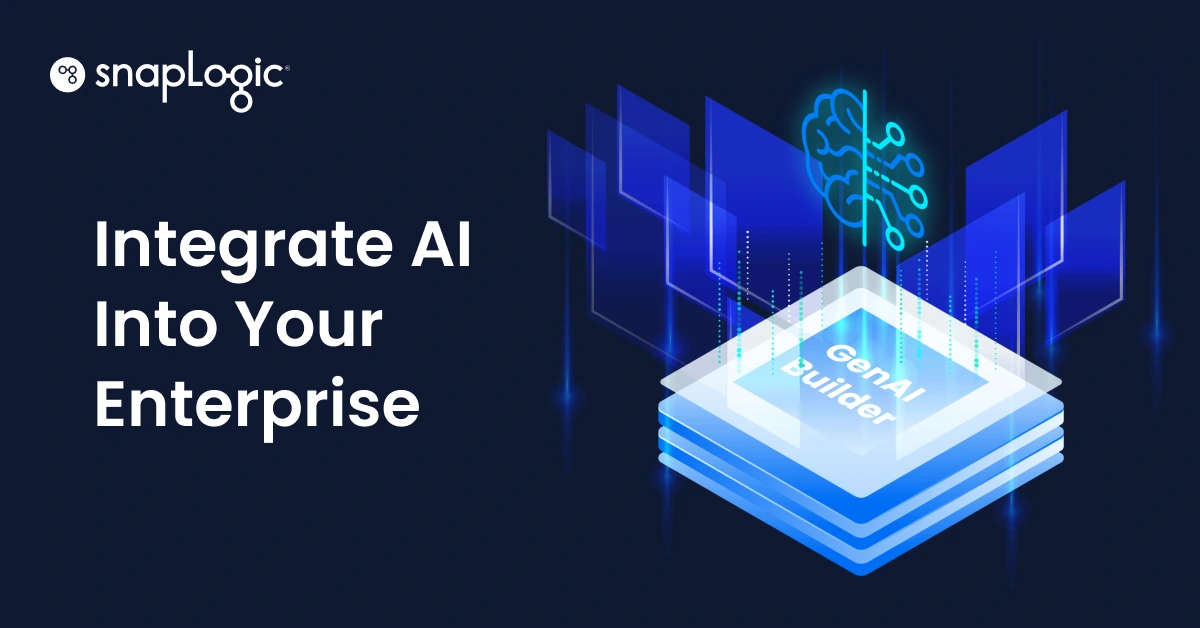Generative AI has taken the business world by storm with its potential to wildly transform various industry sectors. Enterprises are exploring areas of opportunity to apply GenAI to be more efficient and productive, encourage creativity among functions, and deliver superior customer and employee experiences, to name a few.
AI is exciting, but its success rate needs improvement
But the journey from aspirations of an AI-driven operation to the successful implementation of AI tools can be a tough one. So tough that a significant number of AI projects — estimated at roughly 80% in recent years — never make it to launch. There are a host of reasons why this happens, ranging from internal misalignment to an unclear governance strategy to a lack of specific technological expertise.
Intertwined with each of these challenges is the need for integrated data, not only to inform business strategy, but to train AI and GenAI models to perform their magic.
Is your integration infrastructure ready for GenAI? Learn how enterprises are modernizing from legacy integration tools to a scalable, AI-ready iPaaS to stay competitive.
Where to start with AI? Start with data
Modern organizations are managing mountains of data from a variety of disparate applications (CRM, ERP, etc.) and data sources (web servers, databases, APIs etc.). Centralizing this information is critical to controlling how it flows, how it’s transformed, and how to keep it secure.
Luckily, there is a simple antidote — a flexible, scalable solution for integrating an organization’s data and applications, with AI-readiness already built in.
What does flexibility mean in this context? Flexible data architecture allows you to seamlessly connect data and systems that don’t easily connect, (e.g., on-premises and cloud deployments). This is critical — not only for adding new AI tools to your tech stack — but also for giving your organization the ability to access and combine data from your diverse range of inputs, and leverage it for applying advanced technologies.
This coordination can significantly lower the total cost of ownership of AI tools, and speed up the development process, to not only succeed but to scale.
Develop a coordinated plan of action for AI
GenAI is still in a developmental stage with expansive possibilities yet to be explored. Getting it right is possible, with a defined process for integrating generative AI technologies into a business, from ideation to launch and beyond.
Start by building out a list of potential processes or workflows that could benefit from generative AI. Think creatively about use cases and goals, such as automating tedious tasks, enhancing creative processes, or improving customer and employee experiences.
Rank your Gen AI use cases in priority order. Consider factors such as potential ROI, feasibility, and alignment with overall business goals. Prioritizing initiatives effectively ensures optimal resource allocation and creates a roadmap for GenAI integration.
Get the guide ↘
Generative AI in Action: Adoption Trends, Emerging Use Cases, and Tips for IT Leaders
Make sure you have an AI-ready tech stack
The next step is to make certain you have the right tools in place to support your unique operation and business goals. This is especially true with the introduction of an entirely new category of AI. Can your current ecosystem enable the development and deployment of GenAI applications?
SnapLogic’s generative integration platform makes it easy to streamline data and application integration and workflow automation so you can seize the GenAI initiative, while ensuring to keep key factors — including security, privacy, and resource availability — in focus.
Part of the low-code/no-code integration platform, SnapGPT, enables easy pipeline development, data transformations, data extraction, and more, all with simple prompts in natural language.
GenAI Builder is an extension to the integration platform that allows business users to create large language model powered workflows without coding, and offers solutions to complex tasks like document summarization, content generation, and intelligent data analysis.
With a plan in place and the right technology stack, the only step left is to launch. Say Hello to AI evolution and start your journey toward business revolution.


